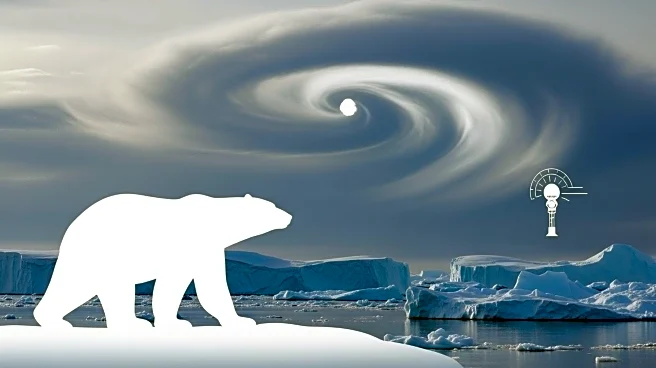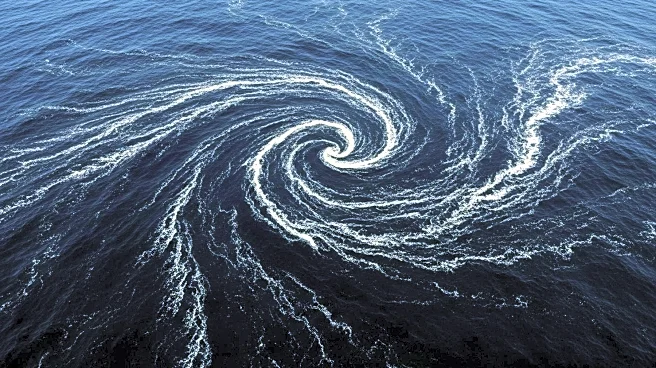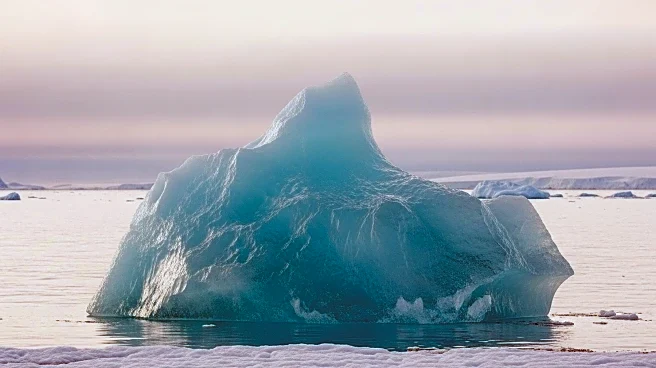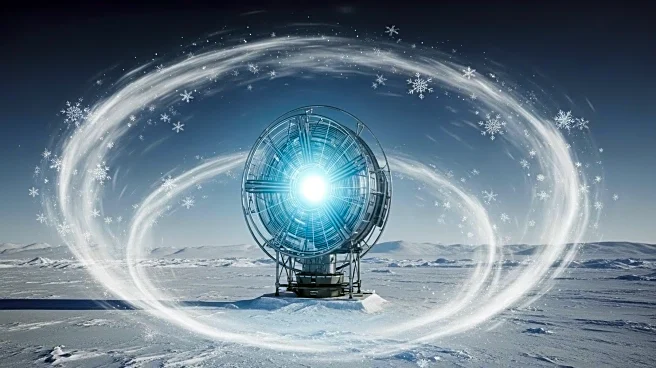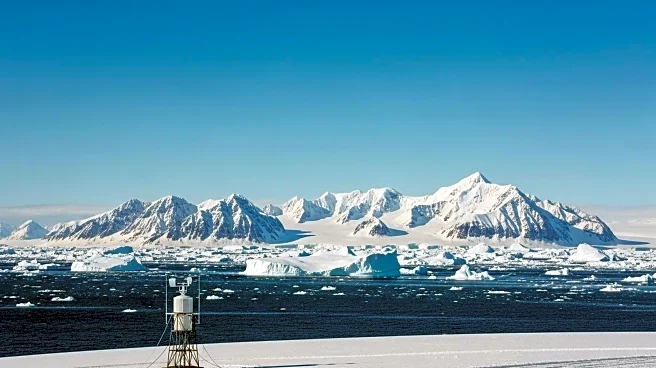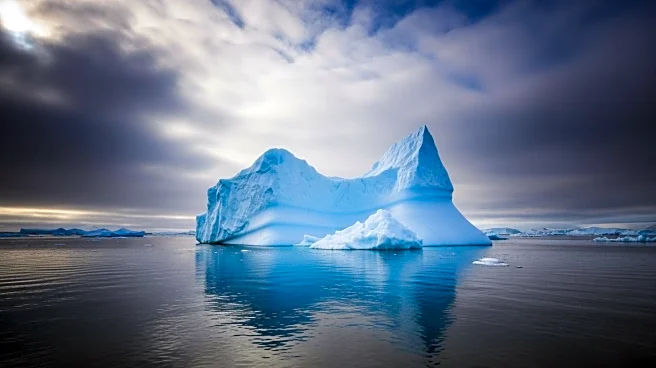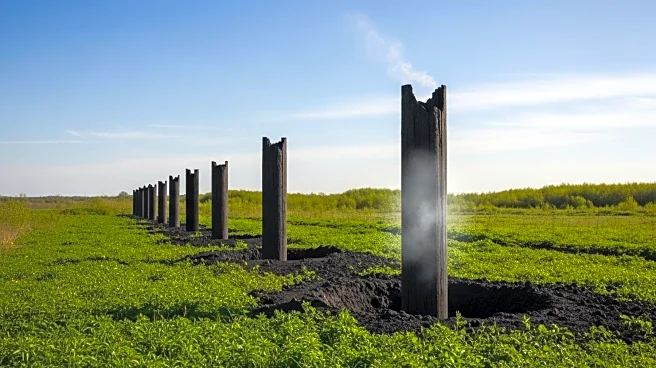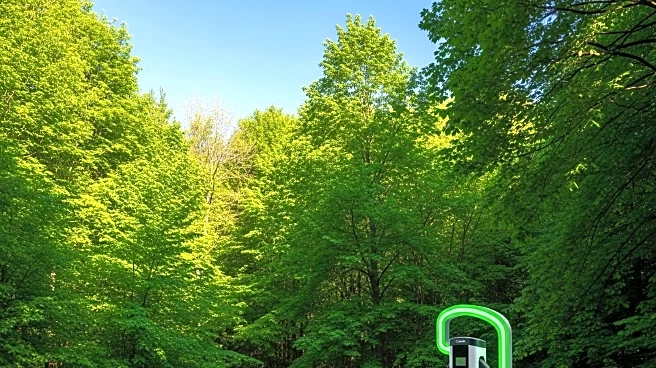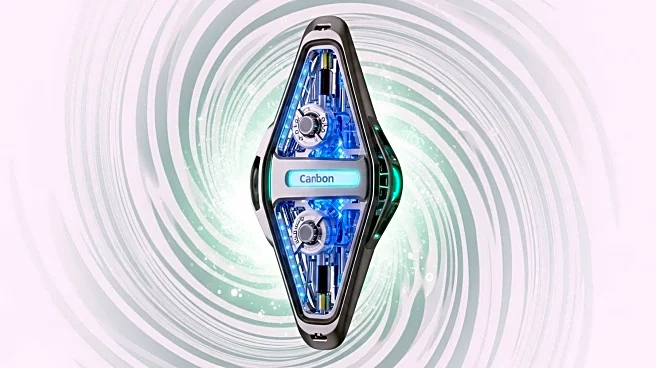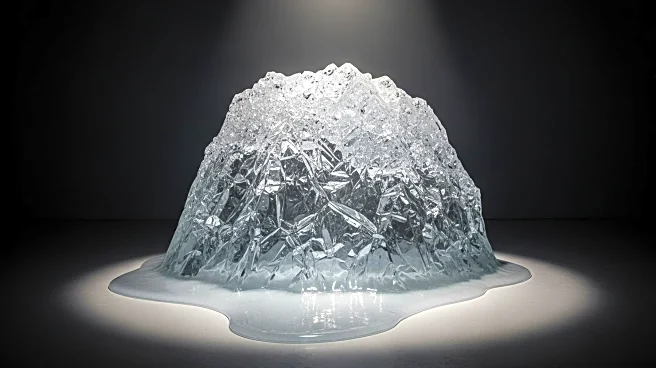What is the story about?
What's Happening?
A review published in Frontiers in Science has evaluated five geoengineering concepts aimed at mitigating climate breakdown in the polar regions. These proposals include spraying reflective particles into the atmosphere and using underwater curtains to shield ice shelves. However, researchers warn that these ideas could disrupt habitats, migration routes, and global climate patterns. The review highlights the potential environmental damages and high costs associated with these strategies, emphasizing the lack of governance to regulate such projects.
Why It's Important?
The findings underscore the complexity and risks of geoengineering as a solution to climate change. While the polar regions are warming rapidly, leading to severe consequences like sea level rise, the proposed interventions could exacerbate environmental issues. The review calls for a focus on reducing greenhouse gas emissions rather than pursuing untested geoengineering tactics. This has implications for global climate policy, as decision-makers weigh the urgency of action against the potential for unintended harm.
What's Next?
The scientific community and policymakers are likely to scrutinize geoengineering proposals more closely, considering the ethical and environmental risks. Further research may be needed to explore safer alternatives and develop robust governance frameworks. International cooperation will be crucial to address the challenges posed by climate change, with a focus on sustainable and equitable solutions.
Beyond the Headlines
The debate over geoengineering raises ethical questions about human intervention in natural systems. It challenges the notion of technological fixes for complex environmental problems, prompting discussions on the moral responsibility to protect ecosystems. The review may influence future research priorities and funding decisions, steering efforts towards more holistic approaches to climate mitigation.
AI Generated Content
Do you find this article useful?
